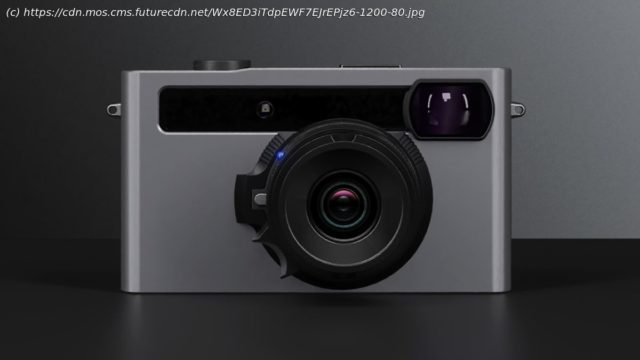Want to know what the new year’s going to bring to the world of cameras and photography? We’ve laid it all out for you.
The world of photography is changing so quickly that even the fastest telephoto lenses can’t keep up. But it’s also an exciting time for anyone with a penchant for snapping – and it’s about to get even more fascinating in 2022. Whether you shoot with a smartphone, film camera or a mirrorless powerhouse, this year has brought some ground-breaking tech that continues to redefine both cameras and photography. From AI photo editors to stacked sensors and weird viral tech that animates your old family photos, photography has certainly had its boundaries pushed in all directions over the last 12 months. But how will this all shake out in 2022? We’ve turned our telephoto gaze to the new year and made our predictions below. Not all of the stories are positive (spoiler: it’s still going to be really hard to buy some new cameras). And we’ve overlooked more niche developments like the expected arrival of tilt-shift autofocus lenses on Canon cameras, or business-focused concepts like NFTs, in favor of broader trends. Whatever your photographic experience or style, though, there should be some eye-openers in our list of the biggest camera and photography trends of 2022 below – starting with the rapid rise of in-game photography… This time last year we were having a blast with the Cyberpunk 2077 photo mode, which gave us everything from adjustable apertures to vignettes. But in 2022, in-game photography is about to go up a notch – particularly if the recent The Matrix Awakens: Unreal Engine 5 Experience is anything to go by. The demo shows the incredible, photo-real power of next-gen consoles, and includes an impressive camera mode. You can change the aperture, focal length, exposure compensation – and even the position of the sun in the sky. With social media platforms like Twitter effectively banning real-world street photography, it’s a refreshingly open place to take snaps. Could the next big street photographer be a virtual-only artist? It’s a bit soon for that, but it’s hard to think of a better playground for pandemic-hit beginners to learn the fundamentals of light, composition and depth of field. Like the computational photography wars being waged between smartphones, desktop photo editors like Photoshop and Luminar AI are also scrambling to outdo each other with new AI tricks. As we’ll see in 2022, that battle is only just getting started. We’ve already seen hugely impressive ‘sky replacement’ tools from both Luminar and Photoshop, with the latter’s ‘neural filters’ also adding a tool called Depth Blur for adjusting your depth of field. But Luminar will fight back in February 2022 with the launch of Luminar Neo, a more fully-featured desktop editor with new tools like Face AI, Composition AI and, yes, even AI Power Lines Removal. Effectively, we’re seeing the rise of robot photo editors, and the results are far from a gimmick. A professional TechRadar photographer was left fretting about his future after using 2021’s AI editing tools, and with impressive Photoshop plug-ins like Retouch4me getting on the act, the machine-powered editors will only get better in 2022. A slightly less exciting trend for photographers, particularly those looking to upgrade their cameras, is that the stock shortages we’ve seen in 2021 are likely to continue into next year. The global chip shortage recently forced Canon to admit that new orders of its biggest release of the year, the Canon EOS R3, « may take more than half a year to deliver ». It wasn’t alone either, with Sony also suspending orders of the Sony ZV-E10 in early December, just five months after it was announced. Anyone who’s tried to buy a PS5 or graphics card recently will know this is a tech-wide issue. But the recent supply chain issues show that the cameras shortages are unlikely, as some had hoped, to ease up in early 2022. Our advice? Learn how to get more from your current camera, and treat any new launches as a bonus. Instagram head Adam Mosseri recently announced that the app is « working on a version of a chronological feed « , which it « hopes to launch next year ». This is good news for those who’ve missed the feature since it disappeared in 2016, but it’s unlikely to stem the exodus of photographers from the Facebook-ified service. With Instagram seemingly more keen to be a home for memes, videos and e-commerce, photographers have been searching for new virtual homes for their snaps in 2021.
Home
United States
USA — software Pixel peeping: the 12 biggest camera and photography trends of 2022






